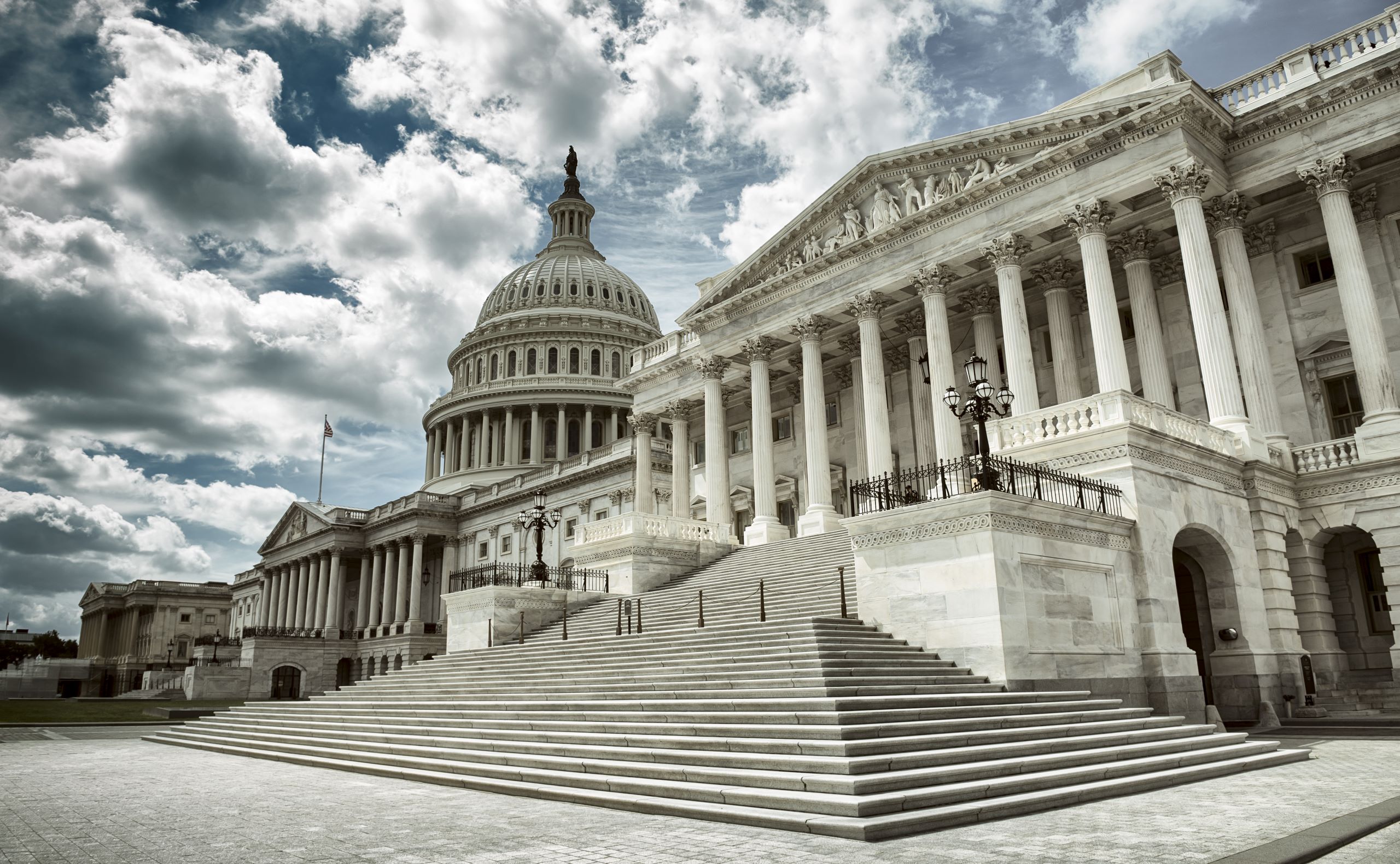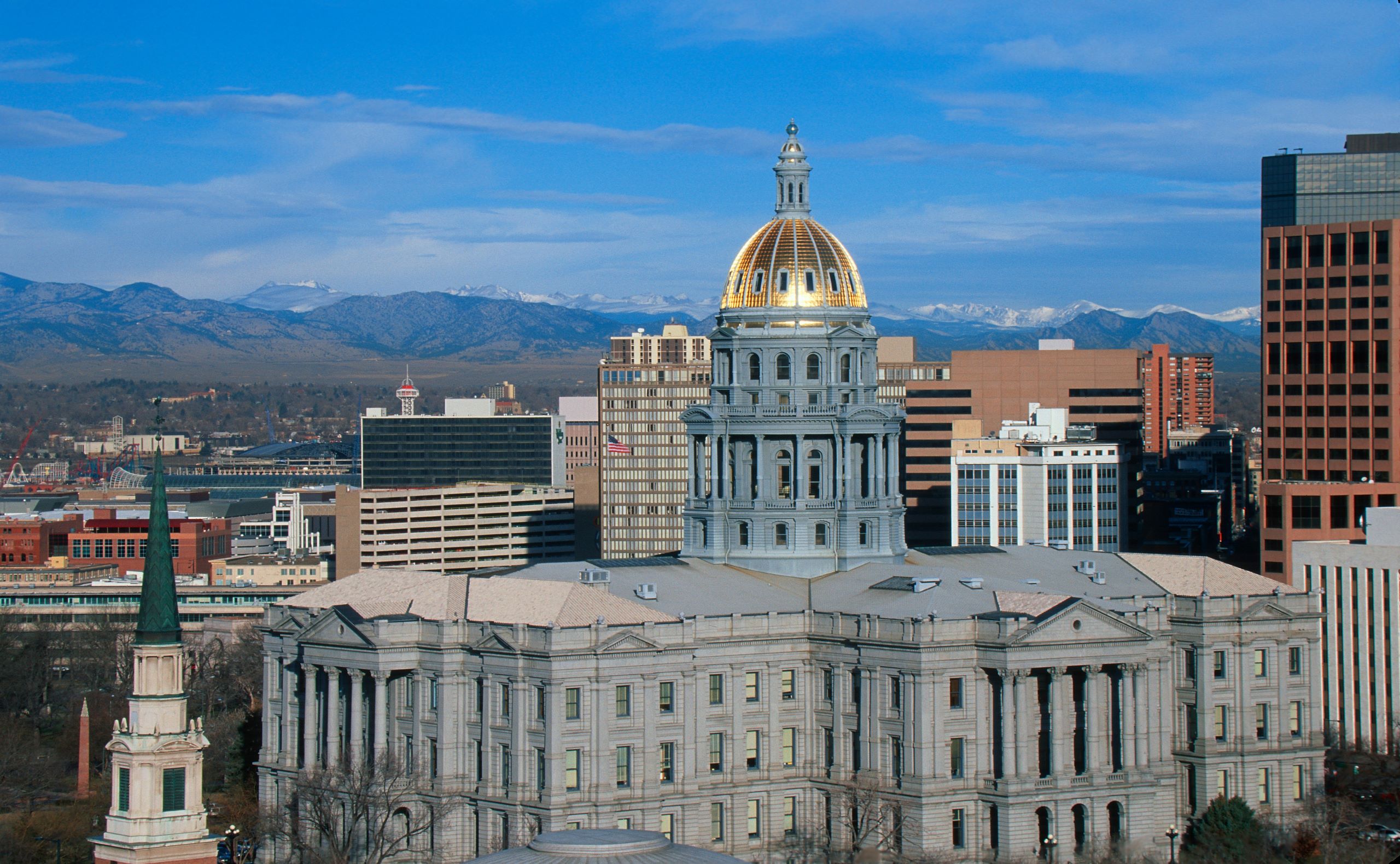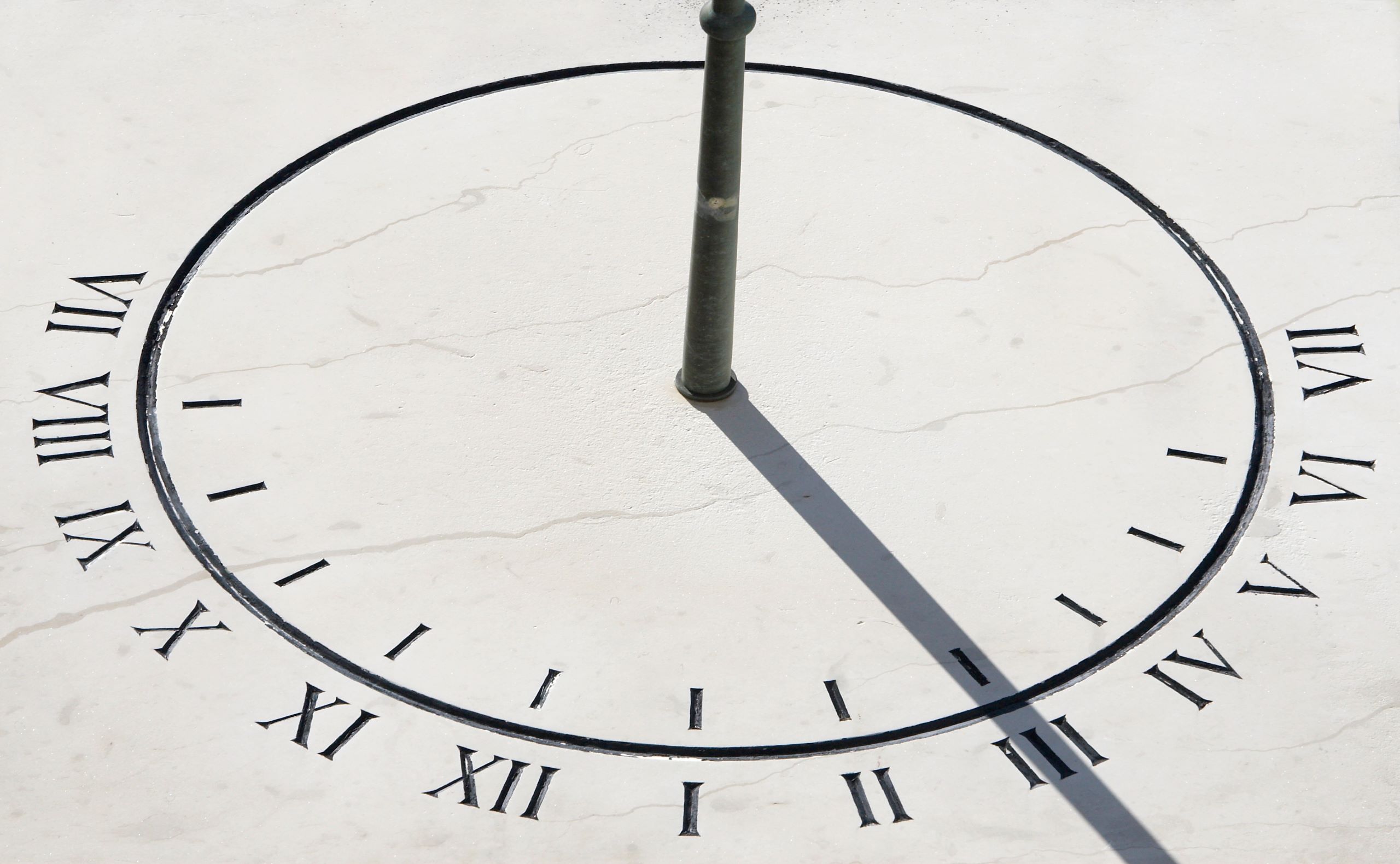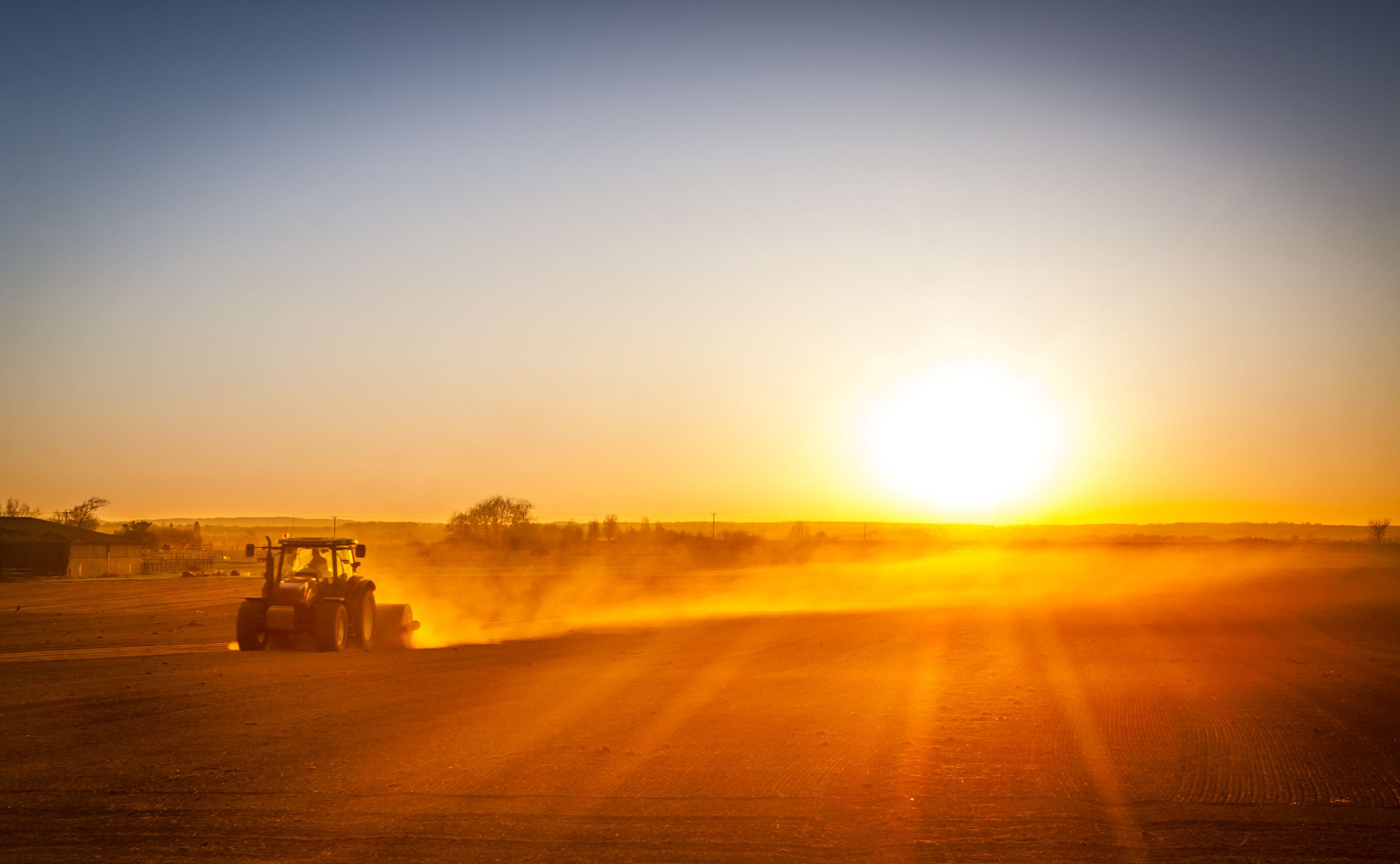Year-Round Daylight Saving Time Still a Dream

Daylight Saving Time (DST) “Spring Forward” is upon us on March 13. Most states depart from Standard Time to move the clocks ahead one hour to DST on that day.
Arizona, Hawaii, American Samoa, Guam, Northern Mariana Islands, Puerto Rico, and the Virgin Islands do not observe DST. States can implement year-round Standard Time if they choose, but not DST.

Bills and Resolutions Have Yet to Make a Change
According to the National Conference of State Legislatures, since 2015, more than 350 bills and resolutions have been introduced in the U.S. to make DST permanent. None passed until 2018 when the Florida Legislature passed HB 1013, backed by Senator Marco Rubio and Congressman Vern Buchanan. Congress has yet to act on it.
“Americans’ lifestyles are very different than they were when Daylight Saving Time began more than a century ago,” said Sheldon Whitehouse (D-RI) at the introduction of the Sunshine Protection Act last year. “Making Daylight Saving Time permanent will end the biannual disruptions to daily life and give families more daylight hours to enjoy after work and school.”

Colorado Initiates a Change to MST
The State of Colorado took a different tact by proposing ending DST and staying with Mountain Standard Time year-round. Not so fast, however. Committees within the state have held it up.
“It seems that most people just want to stop the madness,” said bill sponsor, Colorado Senator Ray Scott, R-Grand Junction. “They just want to lock the clock, whether it’s daylight saving time or standard time… The sentiment around the country is starting to show itself. More and more states are making these decisions.”

It Began with Sundials
Clocks have been adjusted throughout history, beginning with sundials to increase the amount of light for more productive days. Port Arthur, Canada, was the first city in modern times to adopt DST in 1908. Germany first adjusted the clocks on a long-term basis on May 1, 1916, during World War I to conserve fuel.
President Roosevelt instituted year-round DST during World War II, but clocks reverted at the end. The Uniform Time Act of 1966 officially established the yearly switch to DST in the United States. Initially, it lasted from 2 am on the last Sunday in April until the last Sunday in October.
The DST times have changed over the years. During the 1973 oil embargo, the U.S. put DST in effect for more than a year. Currently, it is in effect from the second Sunday in March until the first Sunday in November.

It Was Never About the Farmers
The idea that DST was for farmers is not accurate. There are stories of the agriculture industry opposed to DST from the first proposal for disrupting their schedules.
Gas stations benefit from the change, in general, because people are more likely to go out after work if it’s still light out. Many parents are opposed because their children must now catch a morning bus in the dark.

Senator Rubio Lists Potential Effects
On his website, Senator Rubio posts a list of potential effects of year-round DST:
- Fewer car crashes
- Reduction in seasonal depression
- Robberies cut down by 27 percent
- Childhood obesity reduced, and physical fitness increased
- No more upsetting the synergy between farmers’ schedules and supply chain partners
The extra hour of daylight can have a positive psychological effect, brightening a room later in the day. Perhaps it gives the impression of being ahead of daily activities? It can also deter some who better focus on indoor work when it’s dark outside.
Whatever the effect, positive or negative, full-time DST is trending again, as it does every year. Let’s see if Congress wants to spring forward permanently.



